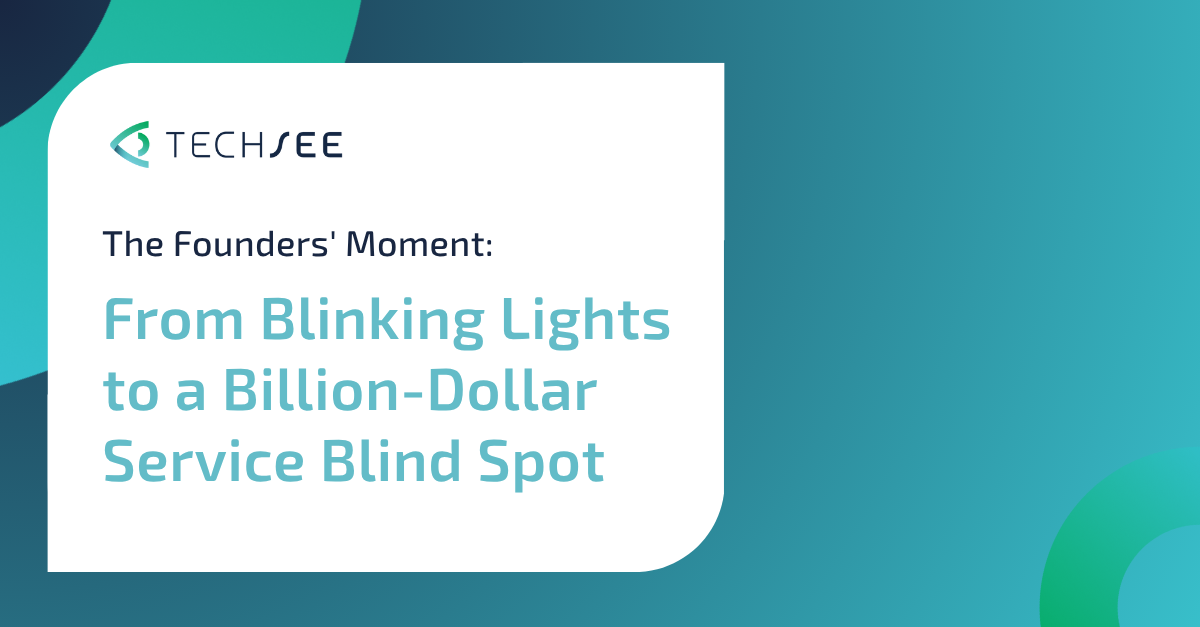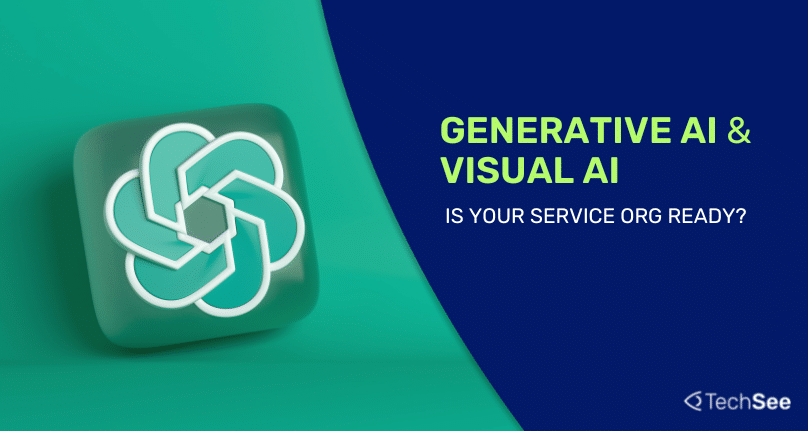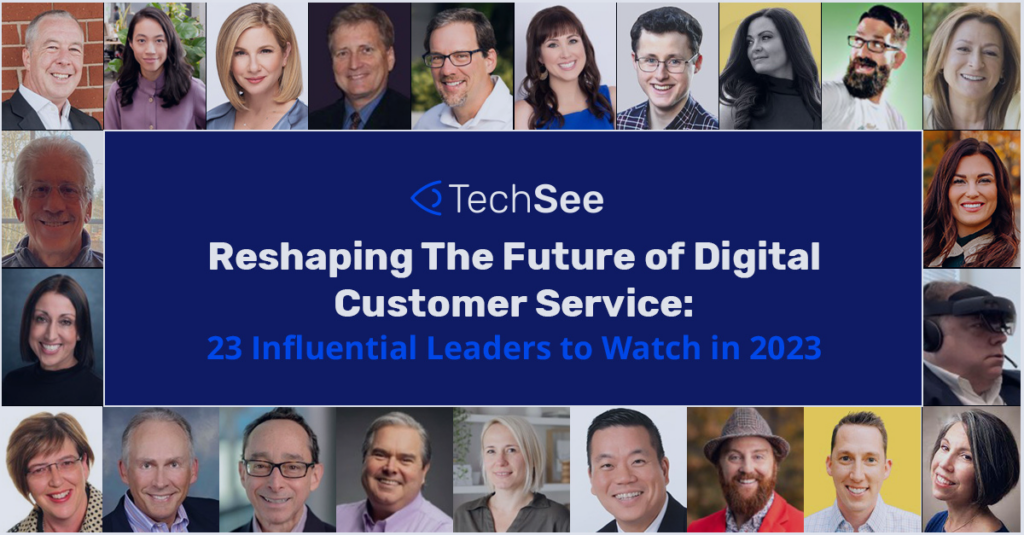Contents
Most startups begin with a pitch. TechSee began with a problem.
Years ago, Eitan Cohen found himself constantly troubleshooting his mother-in-law’s home setup—her TV wouldn’t sync, her computer kept crashing, and her smart devices wouldn’t connect. She couldn’t explain what was going wrong, and he couldn’t figure it out without being there in person. Each visit meant hours lost to confusion, resets, and guesswork. The deeper issue? Neither of them could see what the other was dealing with.
At the same time, Amir Yoffe spent days trying to fix his home Wi-Fi—endless calls, resets, and a technician visit later, it turned out the issue was simple: the wrong router had been installed for his system. The tech fixed it in minutes. The delay? It cost far more in time, trust, and frustration.
That was the moment it clicked.
Seeing Is Solving
Together, Eitan and Amir realized something most companies still struggle to admit: the real reason customer service fails isn’t complexity—it’s invisibility. Agents can’t solve what they can’t see. Customers can’t explain what they don’t understand. Technicians are dispatched to homes they could’ve fixed remotely, if only they had the right context.
What started as two personal frustrations evolved into a bold new mission: to make service visible, actionable, and smart.
From Personal to Global
TechSee wasn’t built to chase buzzwords. It was built to solve something that wasn’t being solved: how do we let everyone involved in support—agents, customers, field techs, and AI—see what’s actually happening?
With that goal, they pioneered what we now call Visual Agentic AI: a way to combine real-time video, image recognition, and decision intelligence into a single layer that empowers humans and machines to solve problems collaboratively.
Why Visual Works
This isn’t just good design. It’s grounded in human cognition. According to research from 3M and the University of Minnesota, visuals are processed 60,000 times faster than text. Studies in cognitive psychology show that people remember 80% of what they see, compared to just 20% of what they read and 10% of what they hear. From childhood, humans are visual-first learners. Our brains are wired to understand and retain visual information with far greater accuracy.
This is why a blinking light makes more sense than a spoken description of it. This is why a visual walkthrough builds confidence, while an email of bullet points builds hesitation. When you can see what’s going on, your brain makes sense of it—and acts.
Why It Took Off
Because the pain was real:
- Customers didn’t want to repeat themselves five times
- Agents didn’t want to guess
- Field techs didn’t want to waste hours on preventable dispatches
- Enterprises didn’t want to bleed budget on repeat contacts and churn
And because the moment was right:
- Video was becoming ubiquitous
- Smart devices were flooding homes
- AI was gaining traction, but lacked visual context
TechSee gave the market what it didn’t know it needed—until it saw it.
Legacy Through Simplicity
There’s no perfect call script for a blinking light. There’s no chatbot clever enough to explain what a customer can simply show. TechSee’s founders understood that resolution begins with recognition—and the only way to get there is through shared visibility.
Today, that spark has grown into a platform used by the world’s most connected brands. But it still comes down to that same founding truth:
You can’t fix what you can’t see.
Want to understand what makes Visual Agentic AI different? Start at the beginning. Book a conversation and See the Solution—just like our founders did.






